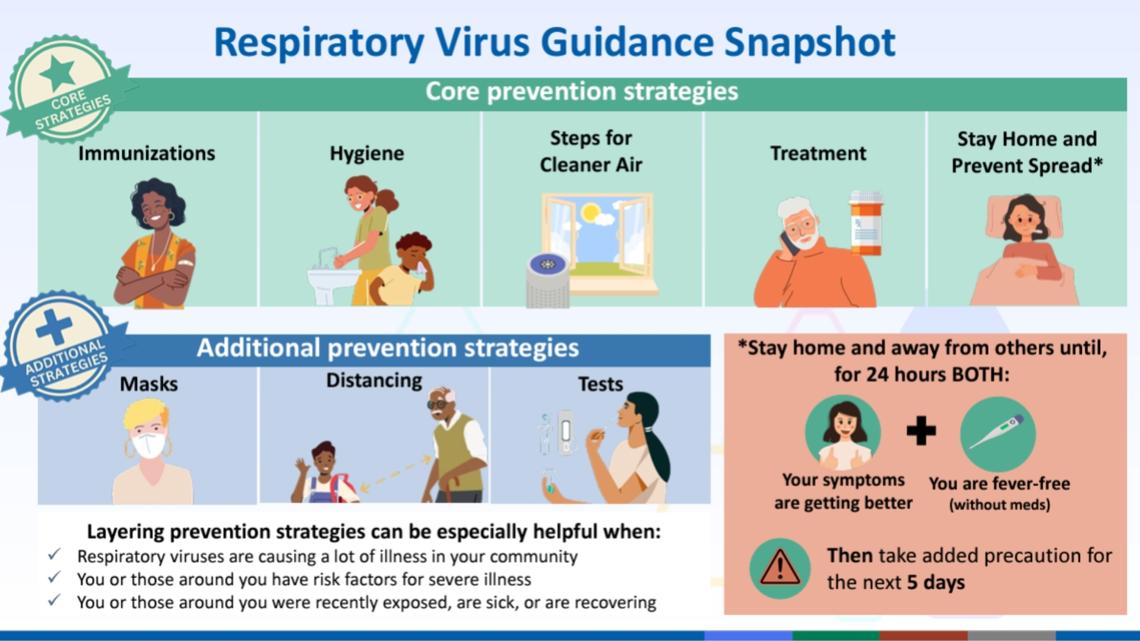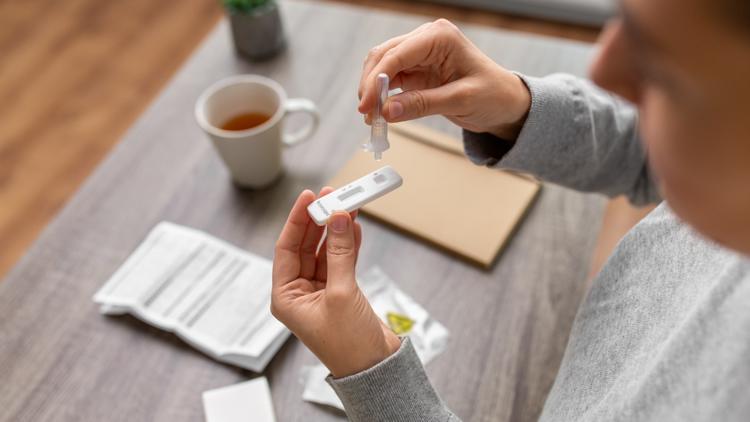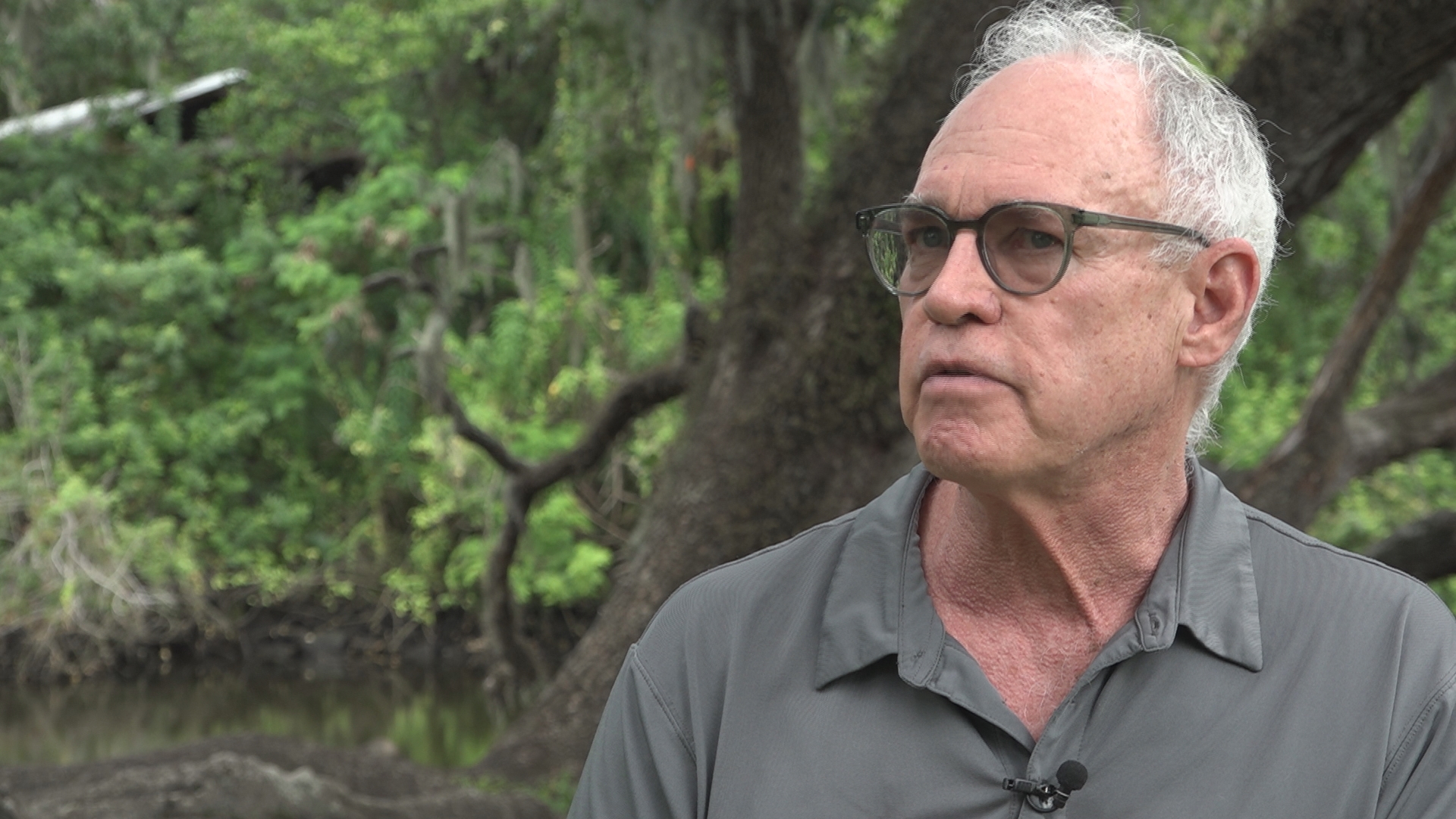TAMPA, Fla. — With more travel and indoor gatherings due to the heat, that anticipated summer wave of COVID-19 cases is here — and it's affecting most of the U.S.
As of June 18, 2024, COVID-19 cases are on the rise in 39 states and declining in zero states, according to the Centers for Disease Control and Prevention. Case numbers are considered "stable or uncertain" in 10 states.
Of those states, CDC data shows Arizona, California, Florida and Massachusetts have the highest probability of an increase in infections.
The agency no longer tracks case numbers, but developed these figures based on COVID-19 emergency department visits. Wastewater testing also shows the viral activity level of COVID-19 in Florida as "very high."
Even with signs that infections are increasing, hospitalizations for COVID-19 remain low nationwide, according to the CDC.
Data shows that COVID-19 hospital admission levels are low across all Tampa Bay-area counties.
While the CDC changed its isolation recommendations for COVID-19 in March, the steps you can take to prevent catching COVID-19 and developing severe illness remain the same. The CDC recommends that the public:
- Staying up to date with COVID-19 vaccines
- Using proper handwashing techniques
- Clean frequently touched surfaces (countertops, doorknobs, handrails)
- Cough or sneeze into your elbow, not your hands, if a tissue isn't available
- Seek medical care quickly if you have risk factors for severe illness
- Stay home when sick
- Additional COVID-19 prevention strategies include: wearing a mask, distancing from others and at-home testing if you feel sick or were exposed to the virus.
If you do contract COVID-19, you're asked to stay home and away from others until your symptoms are improving and you are fever-free, without medication, for 24 hours.





